In the vibrant tapestry of global art, Shahid Kabir stands out as a beacon of empathy and profound human connection.
His creations are not only pictures; they are also deeply felt explorations of the unseen aspects of everyday life and the lives of the oppressed.
Shahid Kabir, whose work is well-known in both Bangladesh and Spain, tenderly and across cultural boundaries conveys the spirit of the impoverished.
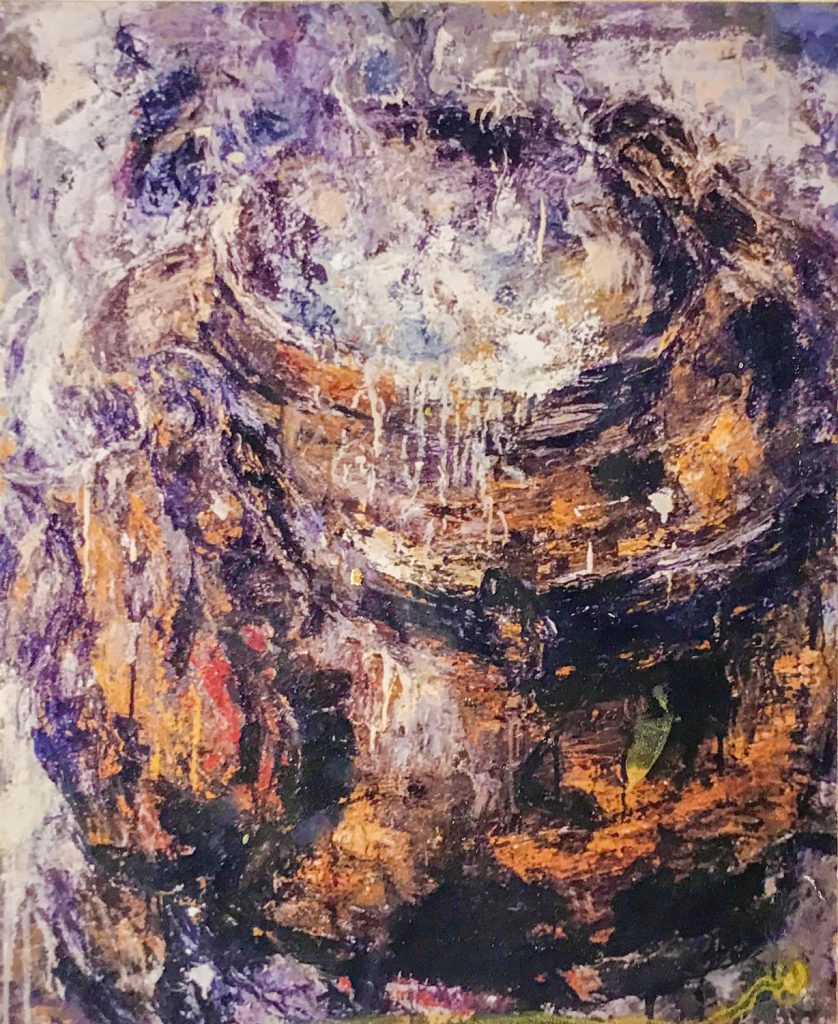
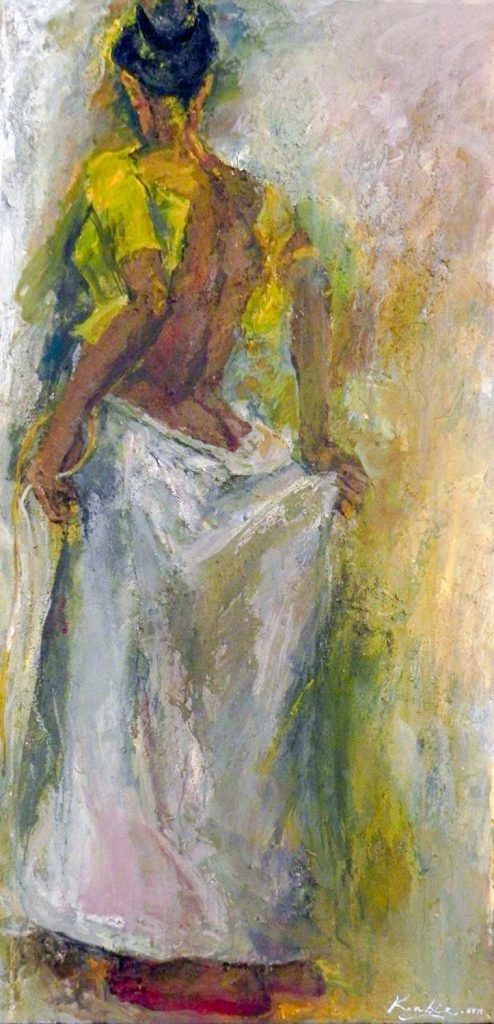
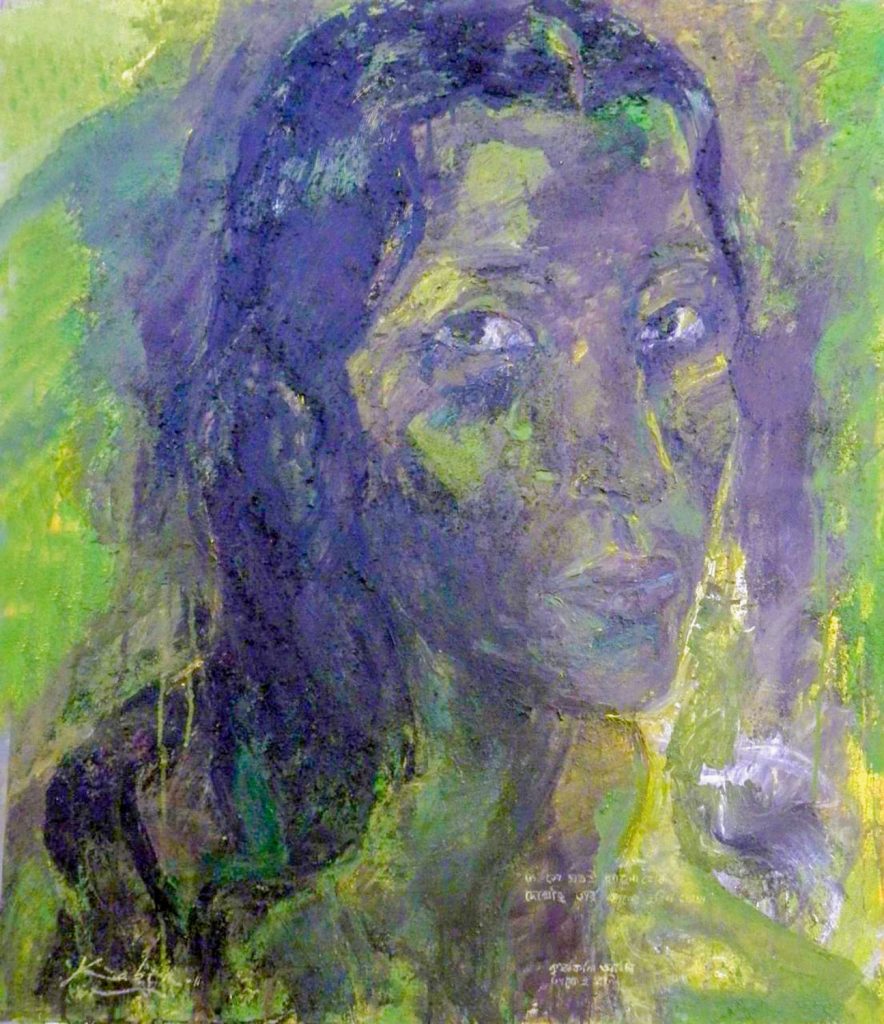
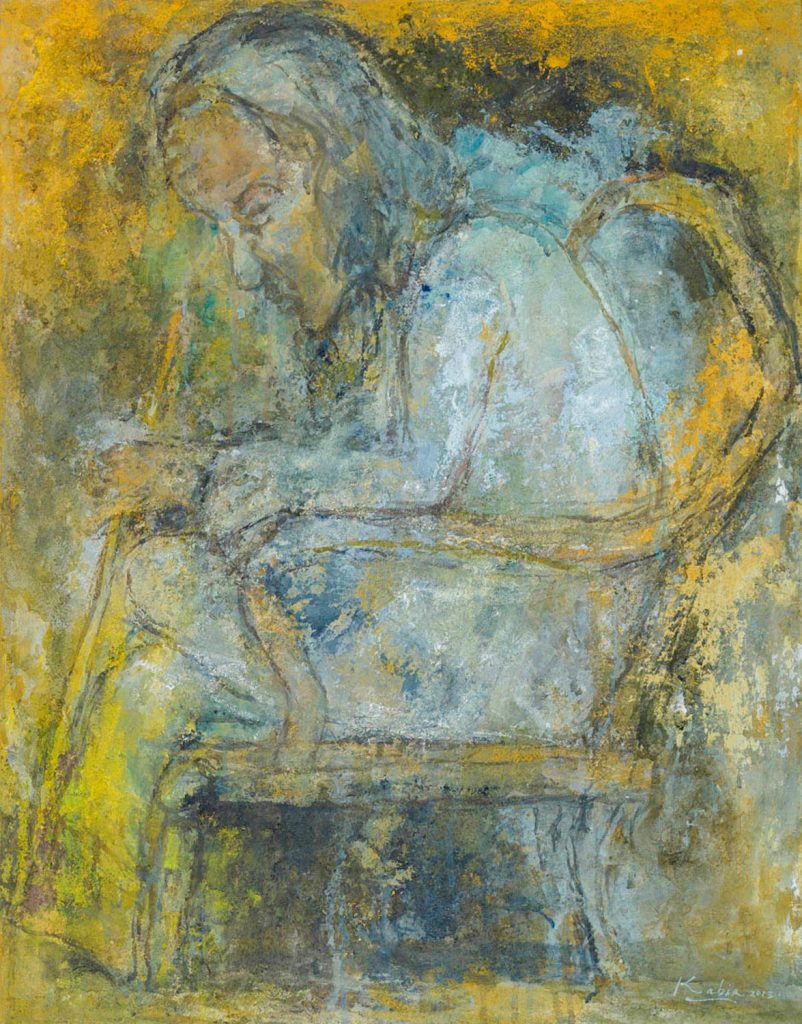
Born in 1949 in Born Madargong, Jamalpur, Brought up at Greater Mymensingh (that time),
Shahid Kabir grew up in a reasonably well-off family. Still, he always felt a deep connection to the daily wage workers he had spent so much of his early years with. Their struggles and triumphs had a lasting impression on him, influencing both his artistic vision and the deep humanity that infuses his work.
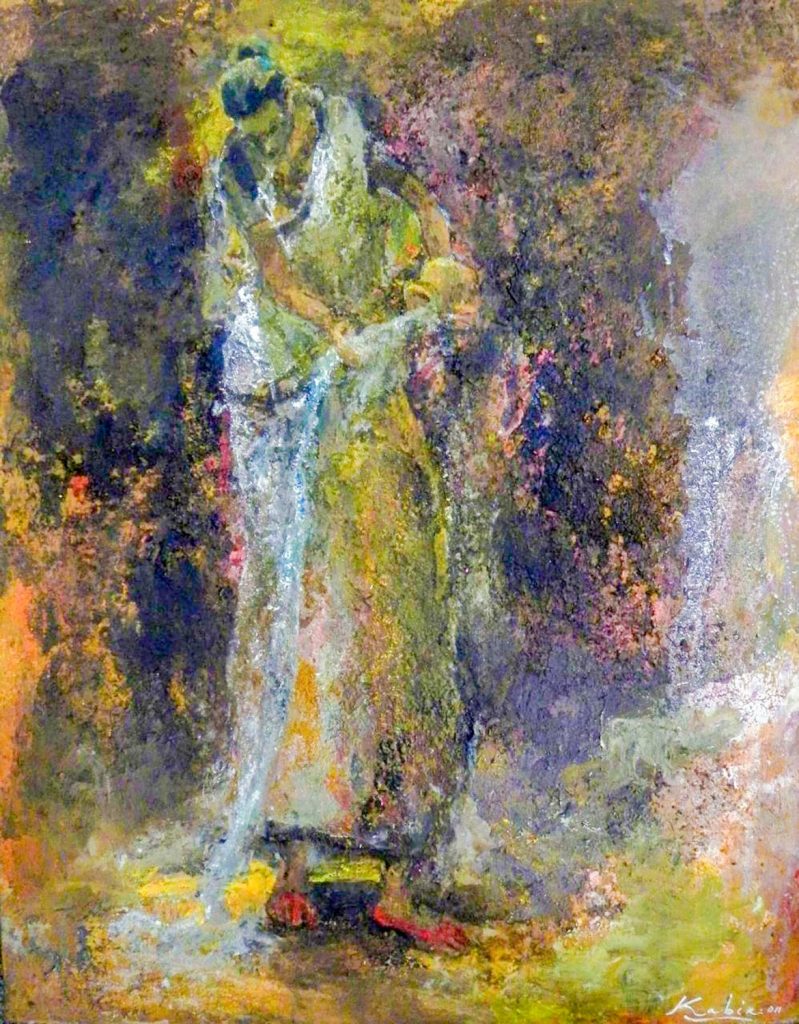
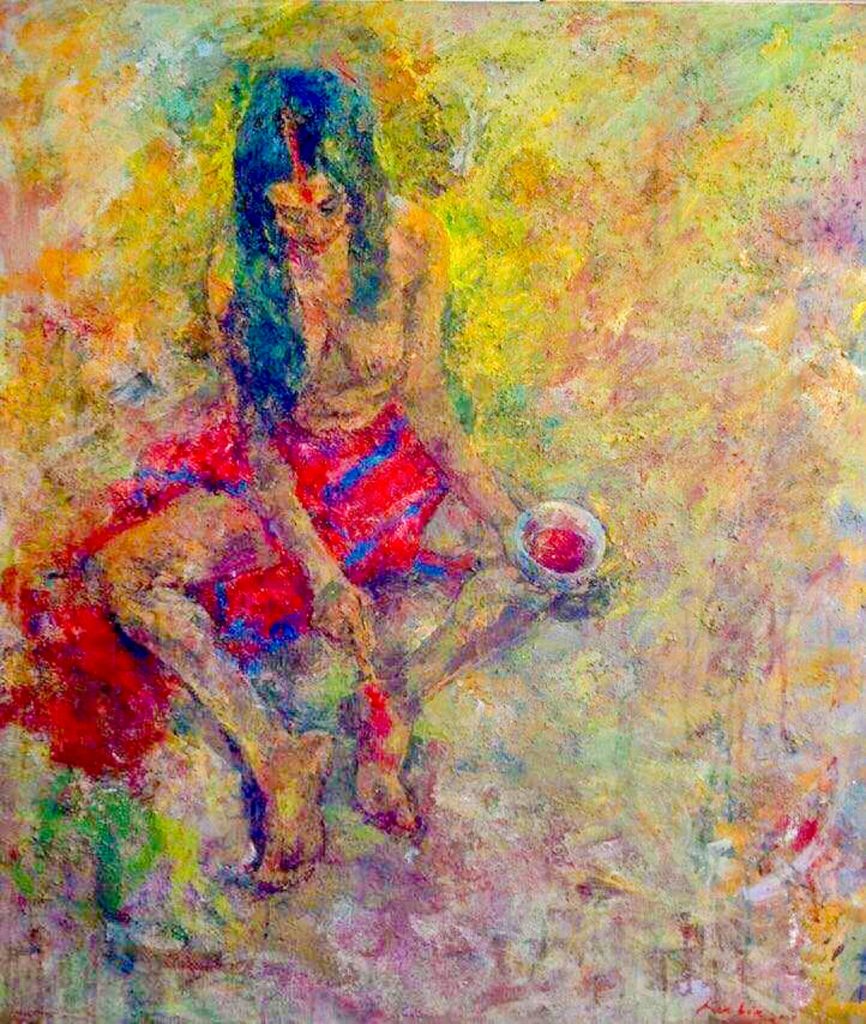
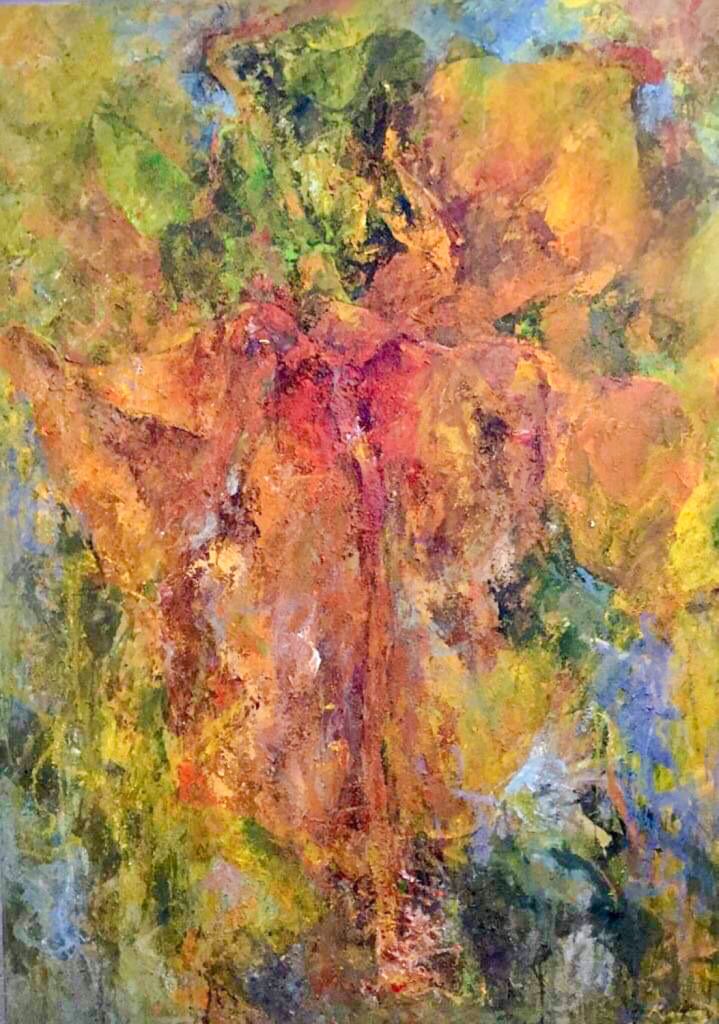
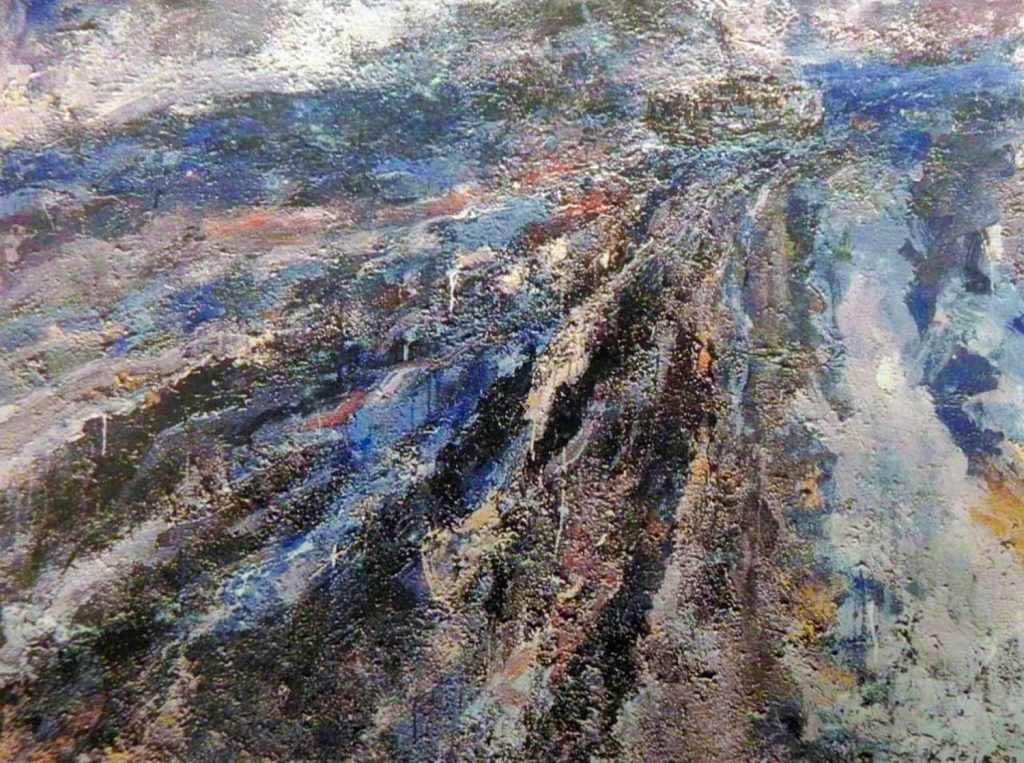
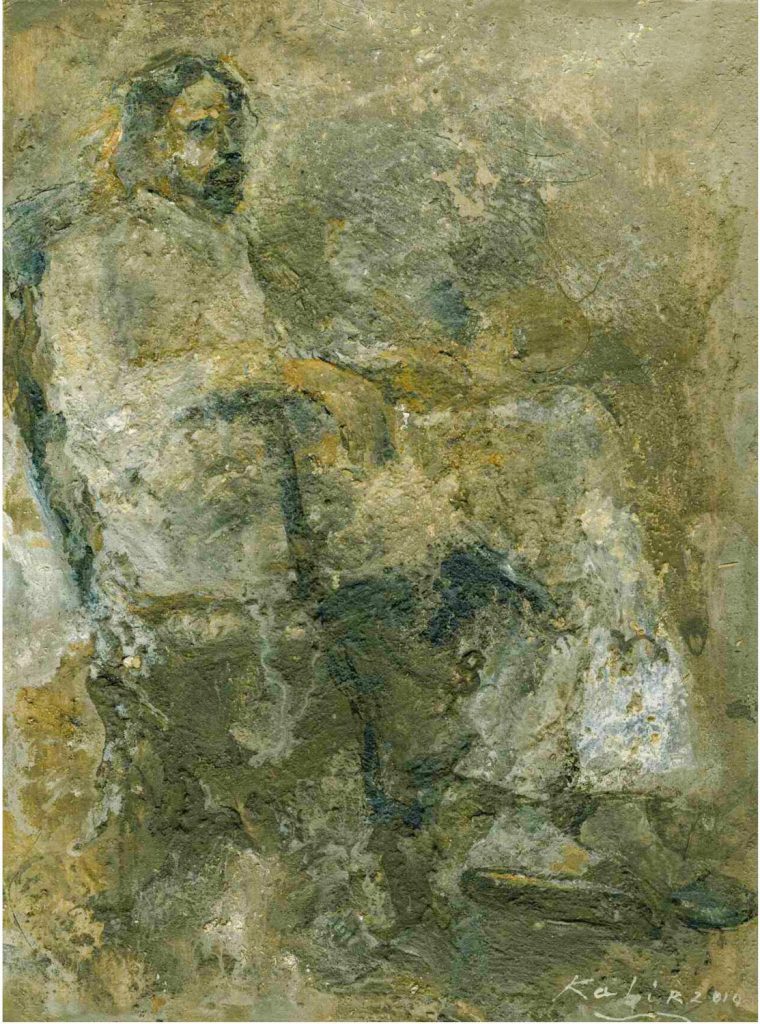
After completing his studies at the Government College of Arts and Crafts in Dhaka in 1969, Shahid Kabir became well-known at an early age thanks to his Lalon and Baul series. Under the tutelage of fellow Bangladeshi artist Monirul Islam, he went on to expand his creative horizons when he moved to Spain. Shahid Kabir soon made a name for himself in the Madrid art scene by immersing himself in Spanish culture, learning the language and integrating with the locals. His Mi Reino series, which is a reflection of his environment and way of life, demonstrates his ability to bring significant artistic expression to ordinary landscapes.
Shahid Kabir’s renowned series on Lalon and Baul, in which he deftly captured their philosophical essence, was a pivotal moment in his artistic development in the 1980s. An era of transformation began in 1981 when he moved to Madrid. He developed his skill in the complex medium of embossed aquatint etchings at Galleria Estampa, where he created notable pieces like Still Life and Wine and I in 1980. He became well-known as a printmaker by 1985, producing enormous, multicolored images that combined impressionism and surrealism. He brought a fresh simplicity to his works upon his 17-year absence and found that they struck a profound chord with everyday life. His subjects included commonplace items like teapots and water containers as well as the moving pictures of brick fields and riverscapes. Kabir’s work is distinguished by his distinct style, which combines uncommon materials like wood powder and scorched sand with acrylic and oil colors.
His use of blades, knives, and fingers to create textures deviated from the conventional smooth brushstrokes, giving his paintings a raw, tactile character.
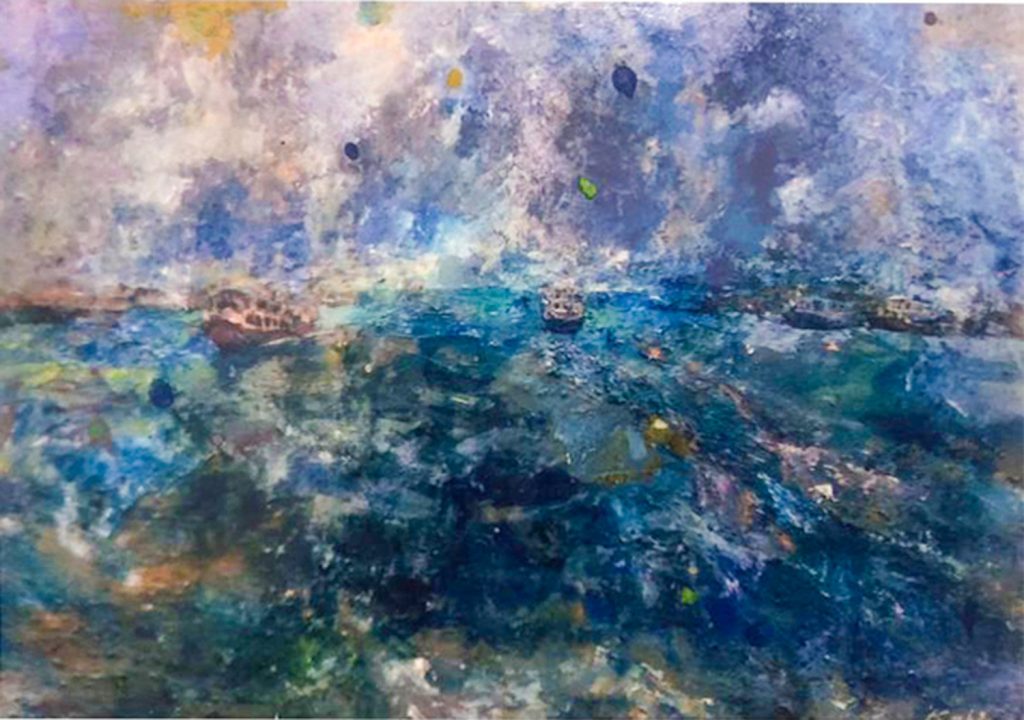
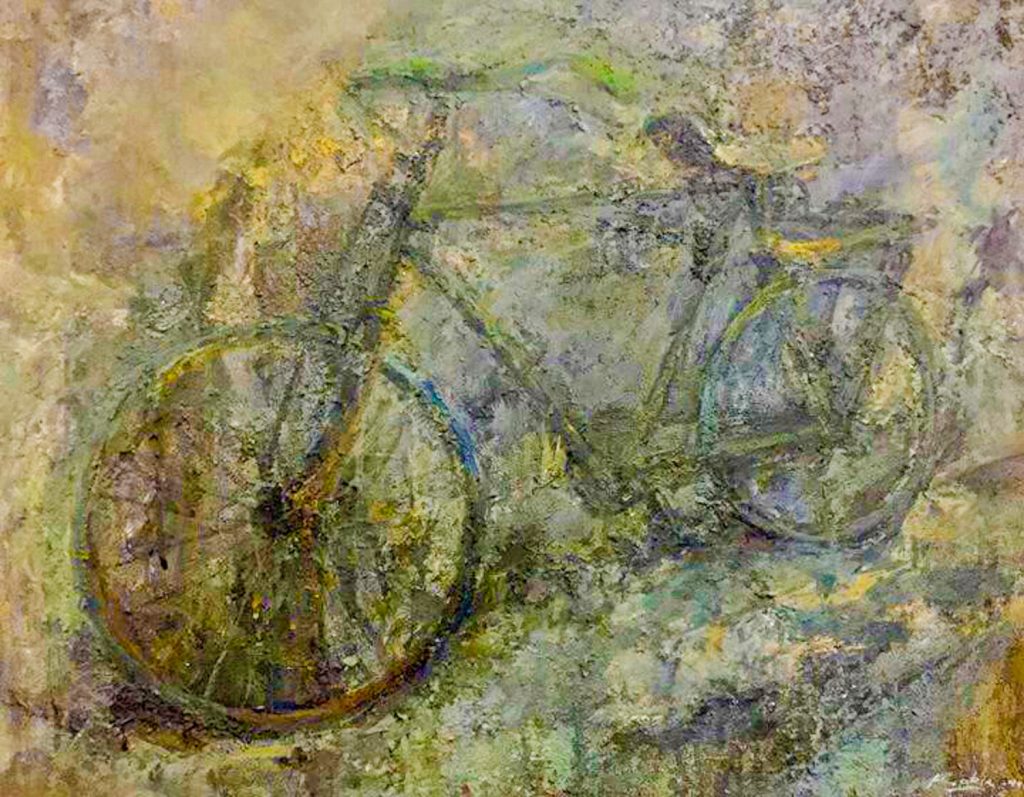
A defining characteristic of Shahid Kabir’s work is his compassion for the underprivileged. Through meticulously observed face expressions and body language, his paintings offer intimate portraits of their lives. Few artists can match Kabir’s depth of understanding and compassion in their works, and his bohemian lifestyle certainly shows in them. His honors attest to his technical and emotional expertise; among them is the 1984 Carmen Aroshamduzamena Prize from Madrid.
His early interest with circuses is aptly captured in the 1987 series Circo, which skillfully and whimsically depicts animals and performers. His 1990s prints, like those in the Feuilles n Fleurs series, embrace a bohemian way of life and the natural world, demonstrating his abiding passion for music and how it influenced his artwork. In Kabir’s Musicay Vida series, for example, geometric forms are combined with aspects of nature, love, and desire to pay homage to life and music.
Beyond his own works of art, Shahid Kabir is dedicated to imparting his knowledge. He inspires the next generation of artists with his printmaking demonstrations and workshops. Workshop on egg tempera, a big workshop of about 300 students at Charukala academy Dhaka, work shop at Kala Kendra, Shilpokala Academy of Dhaka and Khulna, and His standing in the artistic world is highlighted by his invitation to teach the “Sugar Lift” printmaking method at Dhaka University’s Department of Fine Arts and by renowned Indian artist Jogen Chowdhury. And SSVAD workshop at shanti Niketan India.
The beauty of struggling ladies and the faces of the impoverished are frequently shown in Kabir’s artwork, which is characterized by an unrivaled depth and compassion.
Some of the most brilliant treasures in his collection are pieces like Alta Sundori, Slum Queen, and Drying Her Only Saree. Where is my Medicine? – Sobhan Chacha, a portrayal of a powerful yet helpless elderly man from his birthplace, Banaripara, demonstrates his deep connection to the underprivileged.
Bengali mystic poet Lalon served as a major inspiration for much of his ideology. His first compositions from the 1970s examined Lalon’s ideology, and his most recent works still demonstrate his developing comprehension. His 14th solo in 2014 show at Bengal Shilpalay, I Bow My Head to You in Deep Obeisance, features the headline, “I am of you, for you,” which encapsulates his devotion to the underprivileged. Kabir has an unshakable commitment to his art. Painting is his daily devotion, and he paints every day. He says, I feel guilty if I can’t paint in a day. Both a real artist and a kind person, he approaches life with empathy and a distinct flair.
He established himself as a great painter of nature and humanity with his voyage from Bangladesh to Spain and back, his skill of printmaking, and his poignant portrayals of ordinary life.
His creations are still a tribute to the strength and beauty of the human spirit, even as he goes on inspiring and creating. His art moves people’s hearts because it is full of deeply felt empathy and personal experiences. His representation of impoverished people, street women, and dying mothers with children, emphasizing the artistic depth and technical skill of his work is always cherished by people. The visual stories of Kabir’s prints demonstrate his close relationship with his subjects.
Shahid Kabir’s partnership with Madrid’s Galleria Estampa is a defining feature of his printmaking career, especially in the 1980s and 90s. The increasing demand for Kabir’s etchings around this time is remembered by longtime friend and art dealer Peter De Munnich. Kabir’s works continue to be prized for their excellence and distinctive artistic expression, even though the market for hand-pulled prints has decreased as a result of digital printing.
One example of Kabir’s ability to find beauty in the ordinary is seen in his Feuilles n Fleurs series from 1997. His genuineness as an artist is demonstrated by these pieces, which drew inspiration from the flowers he saw every day. Kabir has established himself as a master of printmaking and painting thanks to his dedication to his work and his eagerness to impart his skills to others.
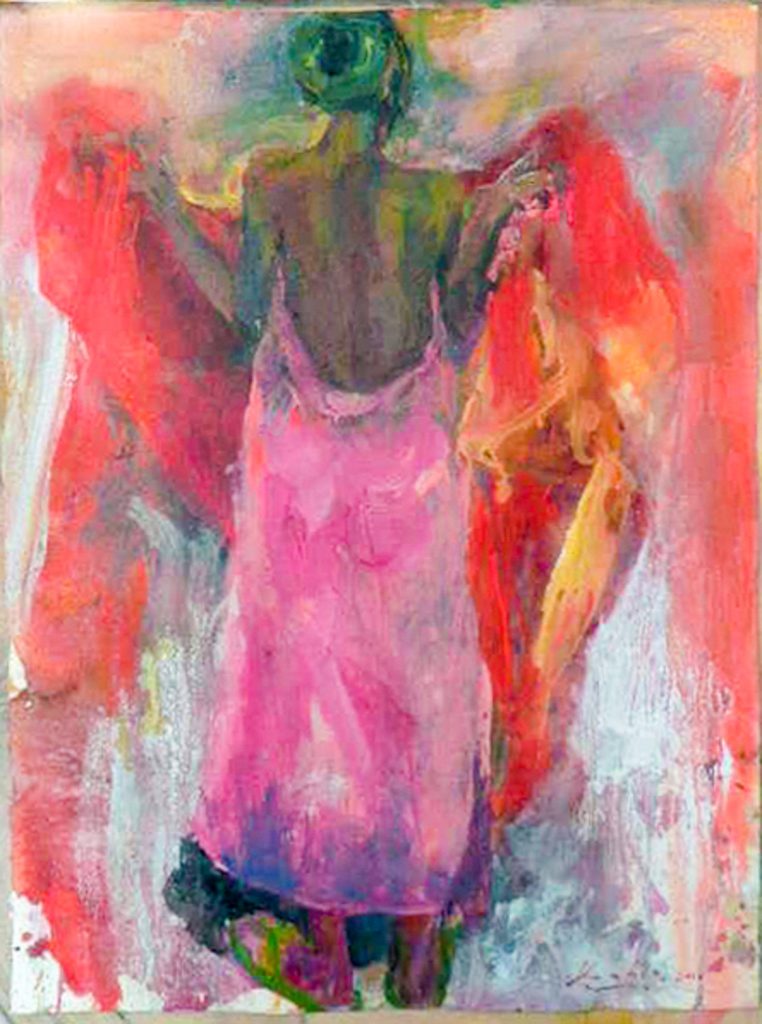
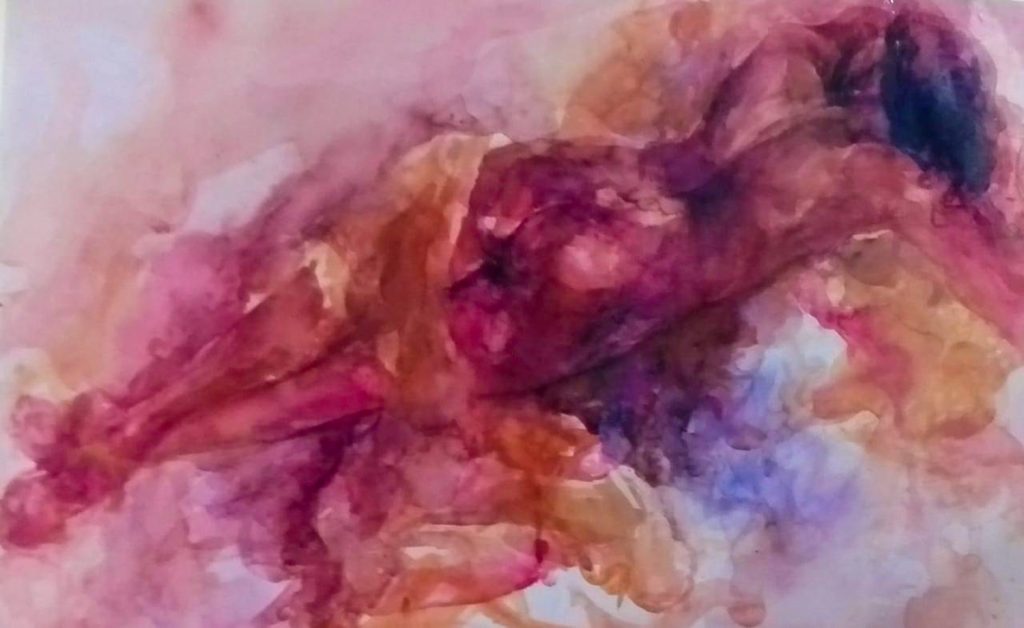
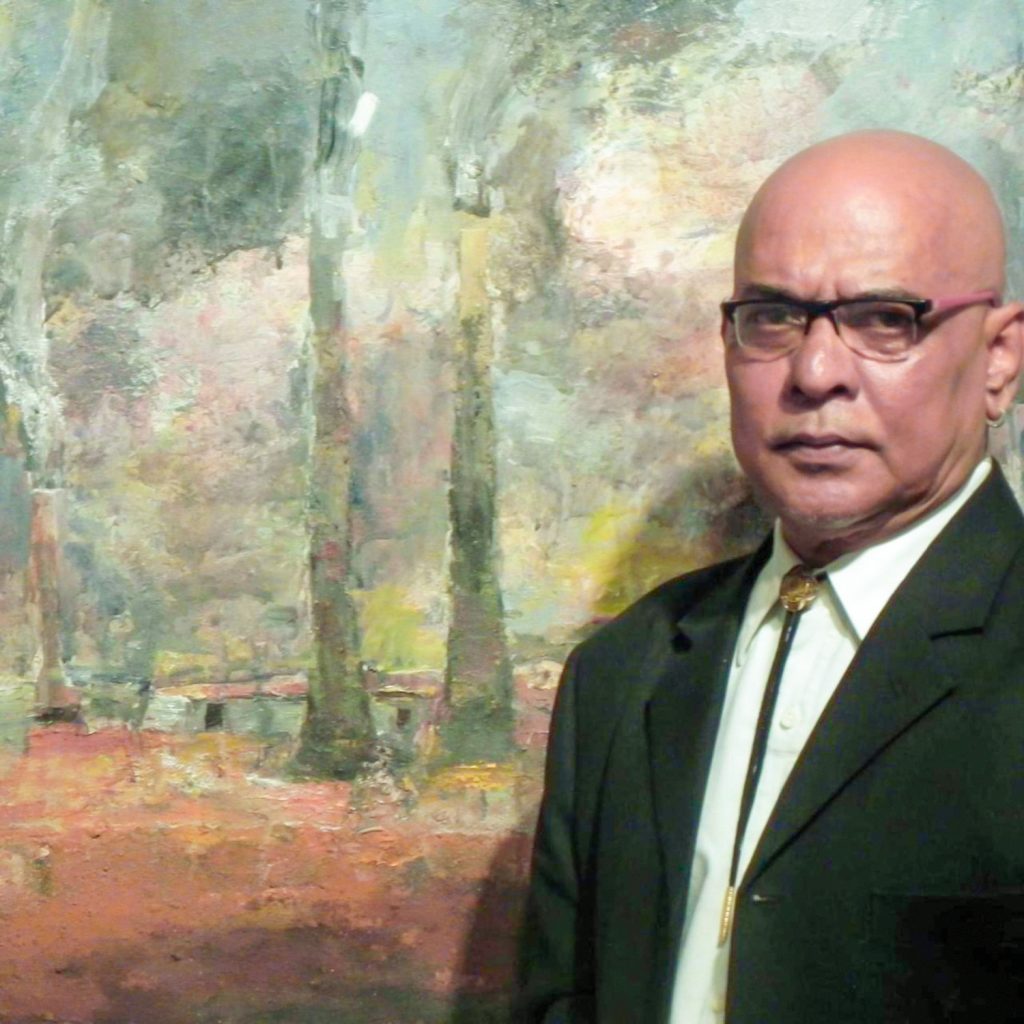
As an artist, Shahid Kabir has experienced constant development and profound empathy. His artwork speaks to people and is a testament to the ability of art to portray human emotions and narratives since it is a reflection of his life experiences and keen intuition. Shahid Kabir’s legacy as a sympathetic and caring artist lives on, touching the hearts of everyone who sees his work. He is still painting and inspiring people.




